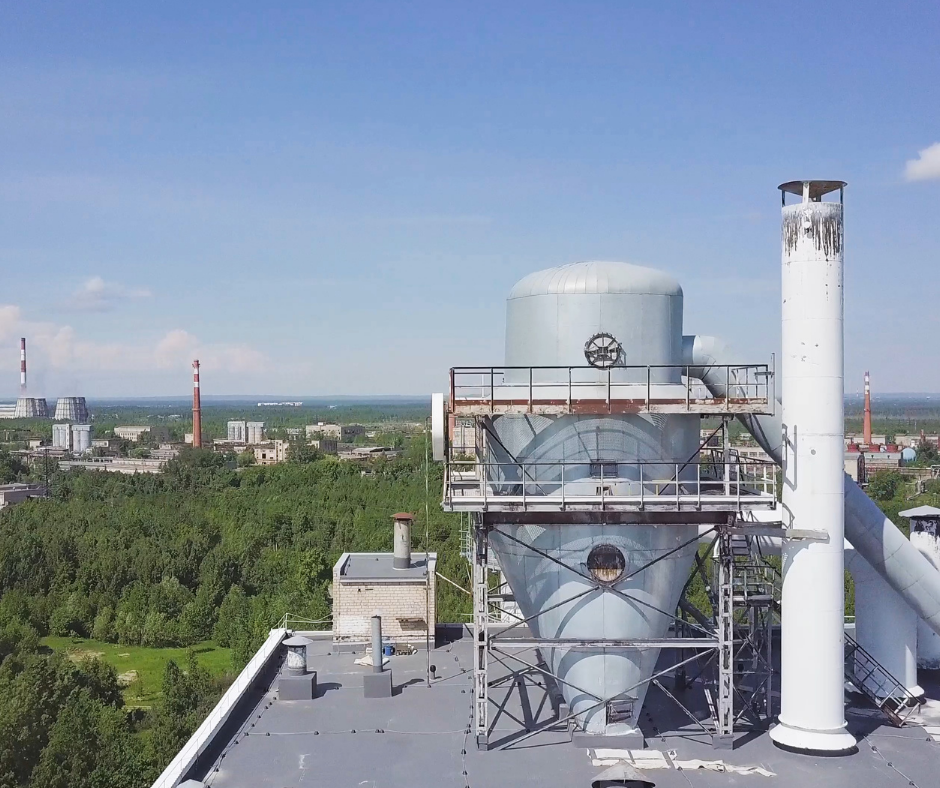
- admin
- April 23, 2021
5 Things Field Erected Tanks Are and Are Not
In this blog, we shall learn about 5 facts about field erected tanks, a type of industrial storage tanks.
Field erected welded steel tanks are really big.
The distinction between a large and a very large industrial storage tank may not be readily apparent. So, just for the sake of illustration, let’s set some very simple parameters on it:
A large industrial storage tank contains more than 45,000 gallons and has a diameter of more than 15 feet. Such are just the bare minimums; welded steel tanks can be designed and built in an almost infinite variety of sizes, ranging from smallish to medium to massive.
Field erected welded steel tanks are not shop-built tanks.
Field erected tanks get their name from the fact that they are too massive to be assembled in a shop and transported to the project site. Fabricated, blasted, primed, and assembled tanks, on the other hand, can be fabricated, blasted, primed, and built in a shop before being transported to the job site and erected or mounted.
Tanks constructed in a shop are often installed inside a house, and other times they are installed outside. Shop constructed tanks, including field erected welded steel tanks, can be made of carbon or stainless steel and can follow a variety of tank specifications and codes, including ASME pressure vessel codes.
Whether a field erected tank or a shop tank is required depends on the volume and dimensions of the industrial storage tank, as well as pressure and code specifications. Occasionally, the location would be the most important factor.
Field erected welded steel tanks are not “in stock”.
There is no such thing as an “in stock” field erected tank. Note that a field erected tank contractor doe not “carry” certain tanks. Every industrial storage tank is designed based on the type of work it will be doing, such as the products it will hold, how it will function, forces that will be acting on it, where it will be set up, and many other factors.
If the concept is finalized, the tank is built one steel plate at a time, according to the specifications. Although some common requirements exist for simple tanks like firewater tanks, municipal water tanks, and other storage tanks, such specifications serve as a starting point for the final design that will meet each customer’s or owner’s unique needs.
Stainless, duplex, and carbon steel can be used to build field-erected welded steel tanks.
Field-erected welded steel tanks are monolithic steel behemoths designed to withstand the ravages of time, temperature, harsh weather, harsh goods, and a slew of other variables. A field-erected welded steel tank can be made of carbon steel, stainless steel, or a duplex material, depending on the tank’s function.
Since stainless steel and duplex materials require complex storage and handling techniques, not all tank contractors are qualified to handle them. From urban water storage tanks to bulk liquid storage tanks, carbon steel tanks are used in a variety of applications.
In the food and beverage industry (food-grade stainless steel tanks contain everything from orange juice to vegetable oil), in the chemicals industry to hold caustic liquids, in the power industry to hold demineralized water, and in other applications where the contents of the tank require special corrosion-resistant properties, stainless and duplex material tanks are used.
Field erected welded steel tanks are sustainable
Steel is the most recycled material on the planet. The Steel Tank Institute estimates that 92 percent of steel in North America is recycled per year. Steel scrap is the largest single source of raw material for the fabrication industry, with new steel products containing at least 20% recycled material.
Steel products, in addition to their recycled material, last a long time – there are steel water tanks in use today that are over 100 years old – and this contributes to steel’s durability. Steel storage tanks, tubing, and other materials can be discarded, recycled, and reused as they hit the end of their lifecycle.
- field erected tanks
Category
- Above Ground Fuel Tanks
- Above Ground Gas Storage Tank
- Above Ground Storage Tanks
- Above Ground Water Storage Tanks
- Agricultural Tanks
- Chemical storage Tanks
- Diesel Fuel Storage Tanks
- Diesel Storage Tanks
- Exernal FloatingRoof Tanks
- Farm Water Tank
- Fiberglass Oil Tanks
- Fiberglass Septic Tanks
- Fiberglass Tanks
- Fiberglass Underground Fuel Storage Tanks
- Field Erected Tanks
- Floating Roof Tank
- Food and Beverage Tanks
- Fuel tank
- Industrial Chemical Storage Tanks
- Industrial Gas Tanks
- Industrial Hot Water Storage Tanks
- industrial hot water tank
- Industrial Plastic Tanks
- Industrial Storage Tanks
- Industrial Tank heating pads
- industrial tanks
- Natural gas
- Natural gas vs Propane
- oil storage tank
- Oil Storage Tanks
- Peracitic Acid
- Petroleum Tanks
- Residential gasoline storage tanks
- Residential Water Storage Tanks
- Sodium Hydroxide Storage Requirements
- Sodium Hypochlorite Storage Tanks
- Steel Storage Tanks
- storage tank failure prevention
- Storage Tanks
- Sulfuric Acid Tanks
- Uncategorized
- UnderGround Storage Tanks
- Waste water tank
- Water Storage Tanks

 Tank Size Calculator
Tank Size Calculator





